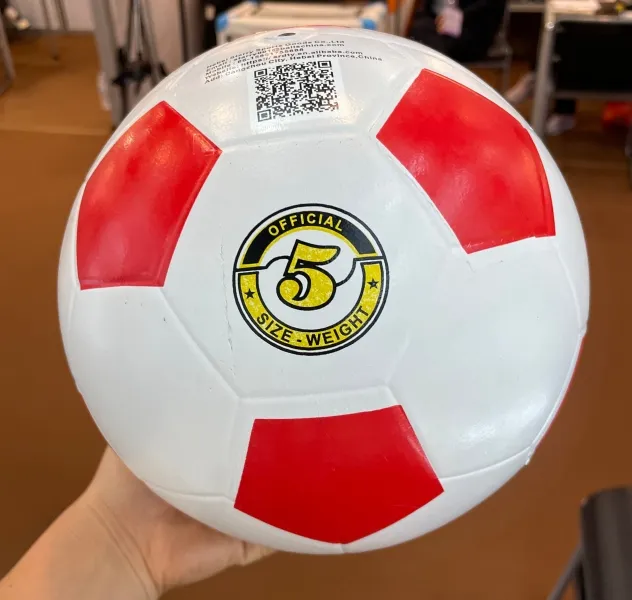Volleyball training is an essential part of honing skills and achieving peak performance on the court. For athletes looking to improve their game, incorporating a structured workout routine designed by experts significantly boosts both technical and physical abilities. A well-structured PDF guide can serve as an invaluable resource for volleyball enthusiasts who are committed to taking their performance to the next level.

The foundation of any solid volleyball exercise program is a comprehensive warm-up routine. Before engaging in intensive drills or strength training, it's crucial to prepare the body adequately. A dynamic warm-up helps increase blood flow, improve flexibility, and reduce the risk of injury. Exercises such as arm circles, jogging, and dynamic stretching can activate the muscles and prime them for the training ahead.
One critical aspect of volleyball training is developing explosive power, and plyometric exercises are perfect for this. Incorporating drills such as box jumps, squat jumps, and depth jumps can enhance an athlete's vertical leap, which is vital for spiking and blocking. These exercises focus on the fast-twitch muscle fibers, which are responsible for bursts of strength and speed—key qualities in volleyball.

Strength training is another pillar of volleyball exercises. Building muscle strength not only increases power but also improves endurance and reduces the likelihood of injury. A combination of upper body, lower body, and core exercises ought to be included in a well-rounded program. Exercises like deadlifts, bench presses, and planks can build the necessary muscle groups used in every volleyball play. For instance, strong leg muscles are essential for jumping, while a robust core aids in maintaining balance and executing precise movements.
Agility and speed drills are also fundamental to superior performance. Volleyball is a game of quick reflexes and rapid directional changes. Cones and ladders can be used to set up drills that enhance footwork and coordination. Shuttle runs and lateral movement drills can simulate in-game scenarios, conditioning athletes to respond swiftly to the ball and opposing players.
volleyball exercises pdf
Additionally, technical skills cannot be overlooked. Hours spent on passing, setting, serving, and spiking drills are indispensable for mastering the game. Coaches often emphasize practice with correct form to cultivate muscle memory, reducing errors and increasing efficiency during matches. Specialized exercises like target serving and receiving drills can fine-tune an athlete's aim and receiving capabilities.
Recovery and nutrition are equally vital components of a successful volleyball training regimen. After intense workouts, athletes must engage in proper recovery tactics such as stretching, hydration, and balanced nutrition to aid muscle repair and growth. A nutrition plan rich in proteins and carbohydrates fuels the body, enhances performance, and accelerates recovery.
For athletes unable to access a personal coach or training facilities, utilizing volleyball exercises PDFs designed by certified trainers and sports scientists offers authoritative guidance. These guides typically detail exercise descriptions, repetitions, and the recommended frequency of workouts. They can be replete with visual aids and instructions, ensuring athletes perform exercises correctly and safely, hence improving their trustworthiness and reliability.
In conclusion, a volleyball exercises PDF can be an indispensable tool for athletes at all levels looking to elevate their game. It amalgamates experience, expertise, authority, and trustworthiness into a single, accessible format, offering comprehensive support right from warm-up to recovery. Whether you are beginning your volleyball journey or seeking to refine advanced skills, a steadfast adherence to an expert-crafted training regimen is a reliable pathway to success on the court.













